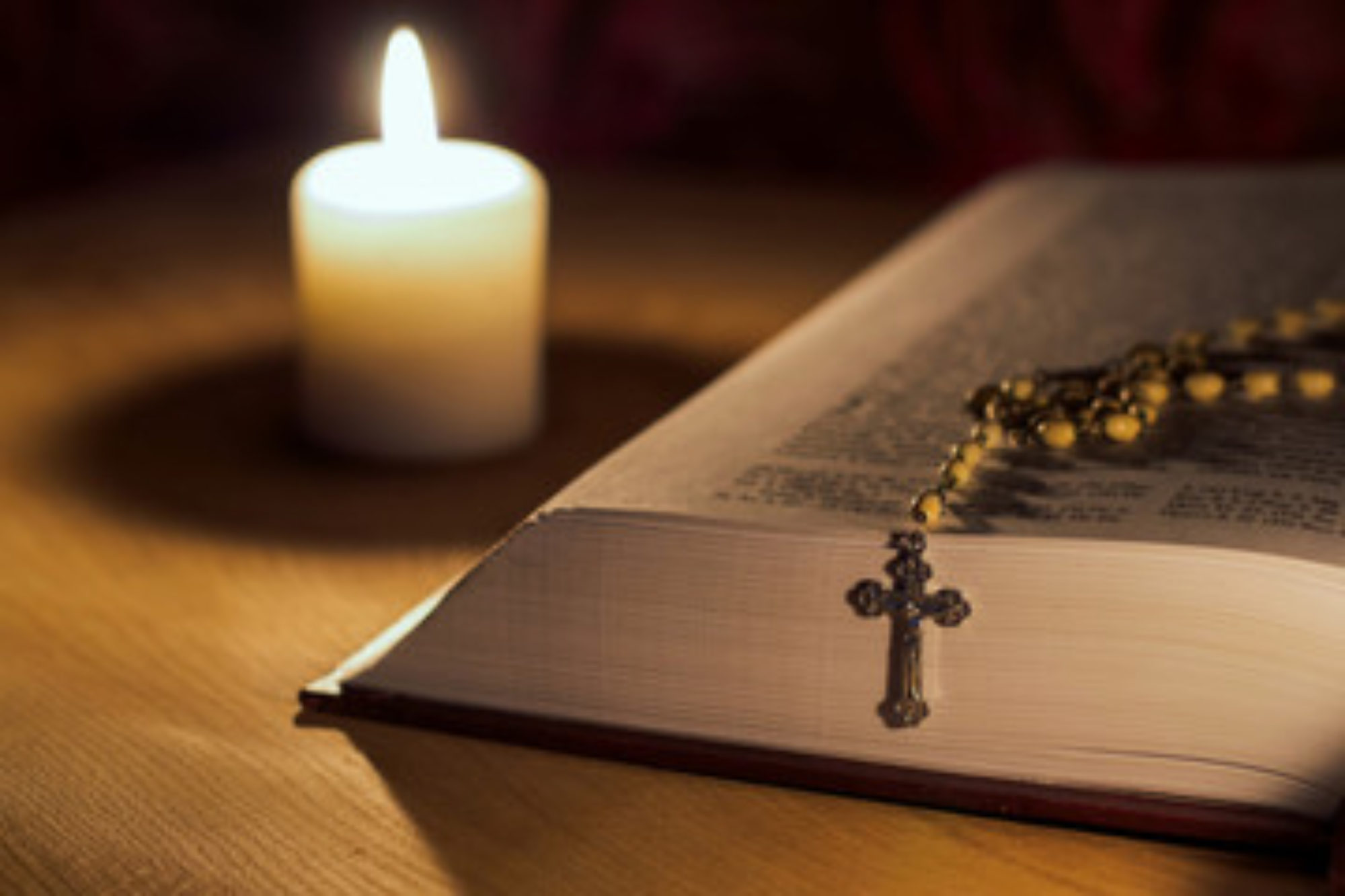Podcast: Play in new window | Download
Hello and welcome back to this series on Our Lady of Guadalupe. In part 1, we reflected on the religious dimension of this feast. In today’s episode, we’ll recount the story of Our Lady of Guadalupe. In the third and final episode of this series, we’ll reflect on the cultural and political dimensions of Our Lady of Guadalupe.
Ok, so let’s start with the story of Our Lady of Guadalupe. This account comes to us from a 16th century report by Don Antonio Valeriano, a Native American author. He writes that during the winter of 1531, a Native American named Juan Diego was on his way to mass in a town called Tlatelolco. On his way to church, when neared the hill called Tepeyac, he heard someone calling his name: “Juanito.”
He went up the hill and caught sight of a lady whose clothing was as radiant as the sun. She said to him: “Juanito, the humblest of my children, know and understand that I am the ever virgin Mary, Mother of the true God through whom all things live. It is my ardent desire that a church be erected here…” She sent him to the Bishop with her request.
Juan Diego immediately left to see the Bishop. But the Bishop didn’t believe him.
So, Juan Diego returned to the hilltop and told Mary what happened. Juan Diego suggested that she send someone more important than him. But she sent him back to the Bishop the next day.
So on the next day, which was Sunday, Juan Diego tried to talk with the Bishop. The Bishop still didn’t believe him and told him that some sign would be necessary. Well, Juan Diego avoided the hill. He did not want to go back to tell Mary he had failed again. But on Monday, his uncle, Juan Bernardino, became very ill and asked Juan to go to Tlatelolco to call a priest to hear his confession.
On Tuesday morning, Juan Diego set out, but he went around the hill to try to avoid Mary. She found him and said: Listen and understand, my humblest son. There is nothing to frighten and distress you. Do not let your heart be troubled, and let nothing upset you. Is it not I, your Mother, who is here? Are you not under my protection? Are you not, fortunately, in my care? Do not let your uncle’s illness distress you. It is certain that he has already been cured. Go up to the hilltop, my son, where you will find flowers of various kinds. Cut them, and bring them into my presence.
Now this was well after the first frost, so Juan Diego thought the fact that there would be flowers was in itself a sign. Indeed, he was astonished to find so many Castilian roses that had burst through the frost. He collected the roses in his white tilma which is a sort of cloak or tunic made of cactus cloth, and he set out to meet the Bishop. He told the Bishop that Our Lady had fulfilled his request and provided a sign.
He opened up his tilma, and as all the Castilian roses scattered to the ground, on his cloak was the precious image of Our Lady of Guadalupe with brown skin that we are familiar with today. Well, the whole city was stirred and came to see this image on Juan Diego’s cloak. Later, he found out that his uncle, Juan Bernardino, had been restored to health, and the Bishop built the church Our Lady asked for.
There is a lot going on this story that influences the cultural and political dimensions of Our Lady of Guadalupe. We’ll discuss those in the next installment, but for now, consider these points:
- The image of Our Lady of Guadalupe that appears on Juan Diego’s Tilma is brown-skinned.
- Our Lady of Gaudalupe is depicted wearing a sash meaning she’s pregnant. This is one of the few images of Mary pregnant with Jesus.
- God asks two very different people together, a poor Native American and a bishop, who represents the power and wealth of his time, to build up His kingdom on earth.
- This was a turbulent time in history.
We’ll discuss these and more in the final installment on this series on Our Lady of Guadalupe. You find a copy of today’s podcast and other helpful information on our website, www.deacon rudysnotes.org. The link will appear in the notes on your podcast player, but here’s the link just in case: https://www.deaconrudysnotes.org/
Through the intercession of Our Lady of Guadalupe, may we all come to know and to love Jesus Christ. In the name of the Father, and of the Son and of the Holy Spirit. +Amen!



